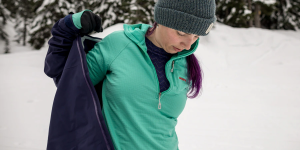More
How to Choose Winter Camping Gear
2022.12.30
People always have a lot of expectations for winter to enjoy the beautiful snow scenery and the sunrise of the snow-capped mountains. There are few mosquitoes in winter, so you don’t have to worry about mosquitoes when camping in winter, but if you are not fully prepared, you may be defeated by the cold weather.
Therefore, the preparation before camping is very important. But how do you choose the right gear? This article will share some suggestions for choosing winter camping equipment.
TENT
Generally, a three-season tent is sufficient. But if there may be strong wind and snow in your camping site, it is recommended to choose a four-season tent. Compared with three-season tents, four-season tents have stronger support poles and fabrics, which can withstand strong wind and snow. In addition, try to choose a tent with a slightly larger size. If you are camping with two people, you can choose a three-person tent, which is convenient to put some warm tools in the tent, but the tent should not be too large.
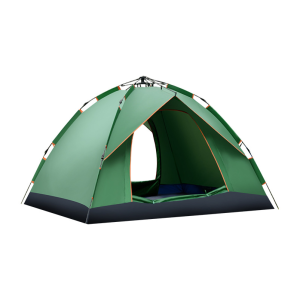
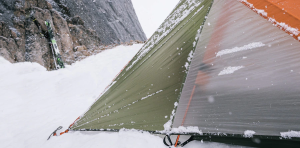
SLEEPING BAG
To keep you warm on cold nights, choose a sleeping bag that is rated a little cooler than the temperatures you expect to encounter camping.


SLEEPING PAD
Sleeping pad serves as a buffer between you and the freezing ground. When sleeping, put the sleeping pad under the sleeping bag, which will have a certain warmth retention effect. For winter camping, use two full-length pads to keep from losing body heat on snowy surfaces.
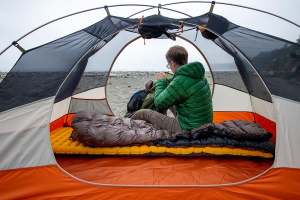
BACKPACKING STOVE
Food is important in cold weather. Food provides calories to support your day’s activities. So when shopping for a stove, give priority to a stove that is reliable, can boil water quickly, and can withstand harsh winters.
In most cases liquid-fuel stoves and some canister stoves will be chosen for winter camping.
Canister stoves are lightweight, compact and boil quickly. If you’re thinking of opting for canister stoves, make sure it has a built-in pressure regulator before buying. Too cold weather can cause a retort furnace to depressurize, a built-in pressure regulator helps with this.
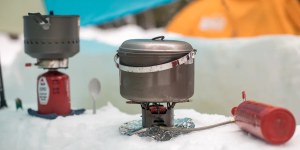
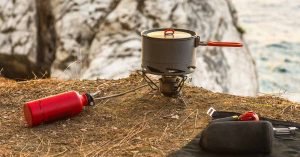
TABLE, CHAIR&COOLER BOX
When purchasing outdoor camping furniture, you can choose plastic folding tables and chairs or aluminum folding tables and chairs. Plastic and aluminum tables and chairs are lighter and easier to carry. Foldable tables and chairs save space.
You will also need a box or bag to store your food in. The size of the box or bag depends on the number of people and the number of days camped. It can ensure food safety and can be taken home with other garbage, waste, etc. in boxes or bags when camping is over.
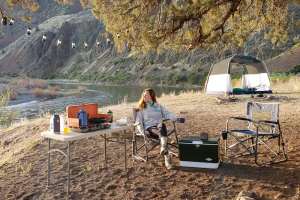
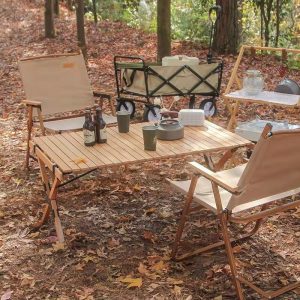

LIGHTING DEVICE
Days are short in the winter, and it is very dangerous if you don’t go back to camp and don’t have lighting equipment at this time. And the one thing we can’t stress enough: Don’t forget a battery pack or extra batteries. Too cold can drain batteries at an alarming rate, so it’s important to have some backup power to keep your lights working.
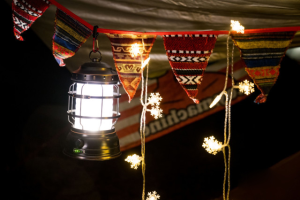
WHAT TO WEAR WINTER CAMPING
BASE LAYER
This is your underwear layer that goes next to skin. So the most important thing is comfort and warmth. Lightweight is best for mild conditions and heavyweight for below-freezing temps. Preferably a fabric like polyester or wool.
MIDDLE LAYER
This layer is mainly to maintain your body temperature. Most winter campers prefer to wear a fluffy down or synthetic insulated jacket.
OUTER LAYER
This is your waterproof/breathable defense against snow, sleet, rain and wind.
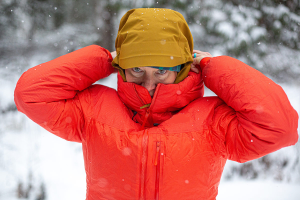
HAT
Choose a hat made of wool and make sure it covers your ears.
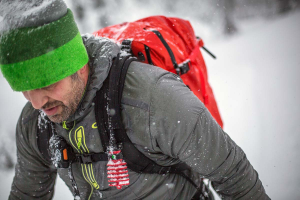
GLOVES
You can prepare several pairs of different gloves. Some delicate work requires thinner gloves that don’t get in the way of the fingers. If it is mountaineering, skiing, etc., more professional warm gloves are needed.
FOOTWEAR
If there’s only a few inches of snow on the ground, you can use traditional hiking boots. But, in deeper snow, you’ll appreciate having winter or mountaineering boots that are waterproof and insulating. Using gaiters will keep snow out of your boots and they will add a bit of warmth.
NAVIGATION
Because snow tends to alter the shape and appearance of the landscape. So if your camping site is very remote, remember to bring a map and GPS.
The above are suggestions for choosing winter camping equipment, I hope it can help you


